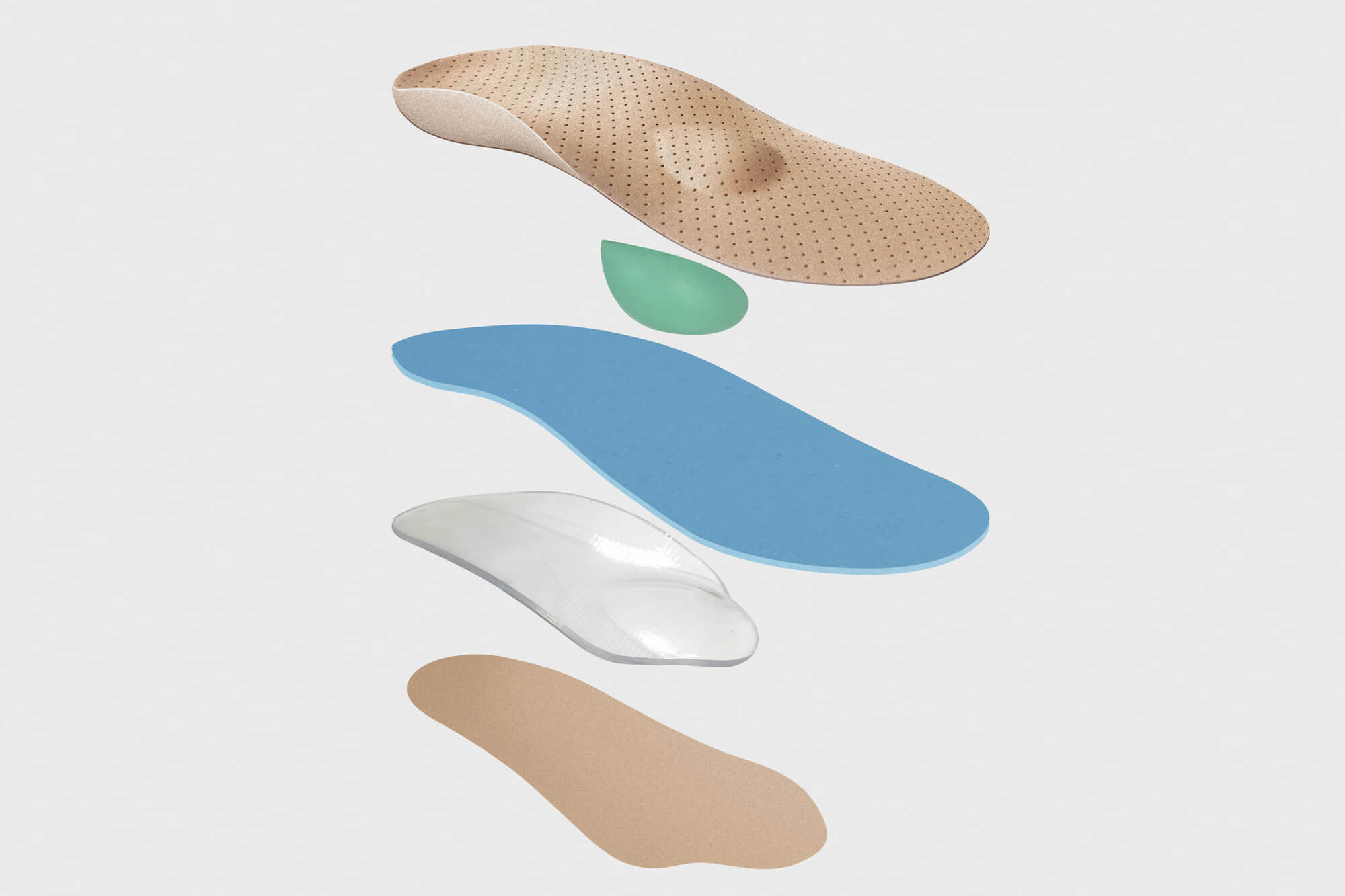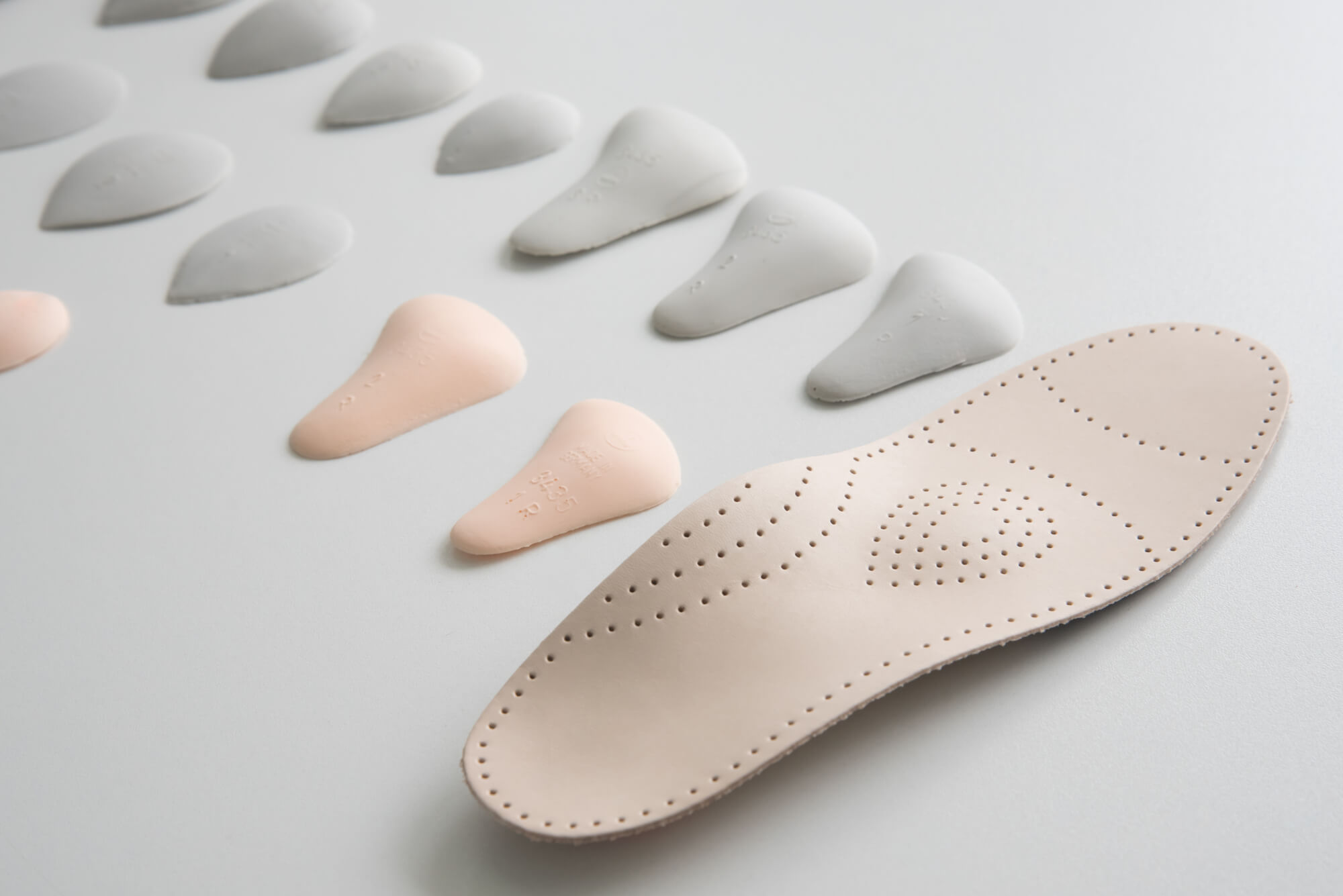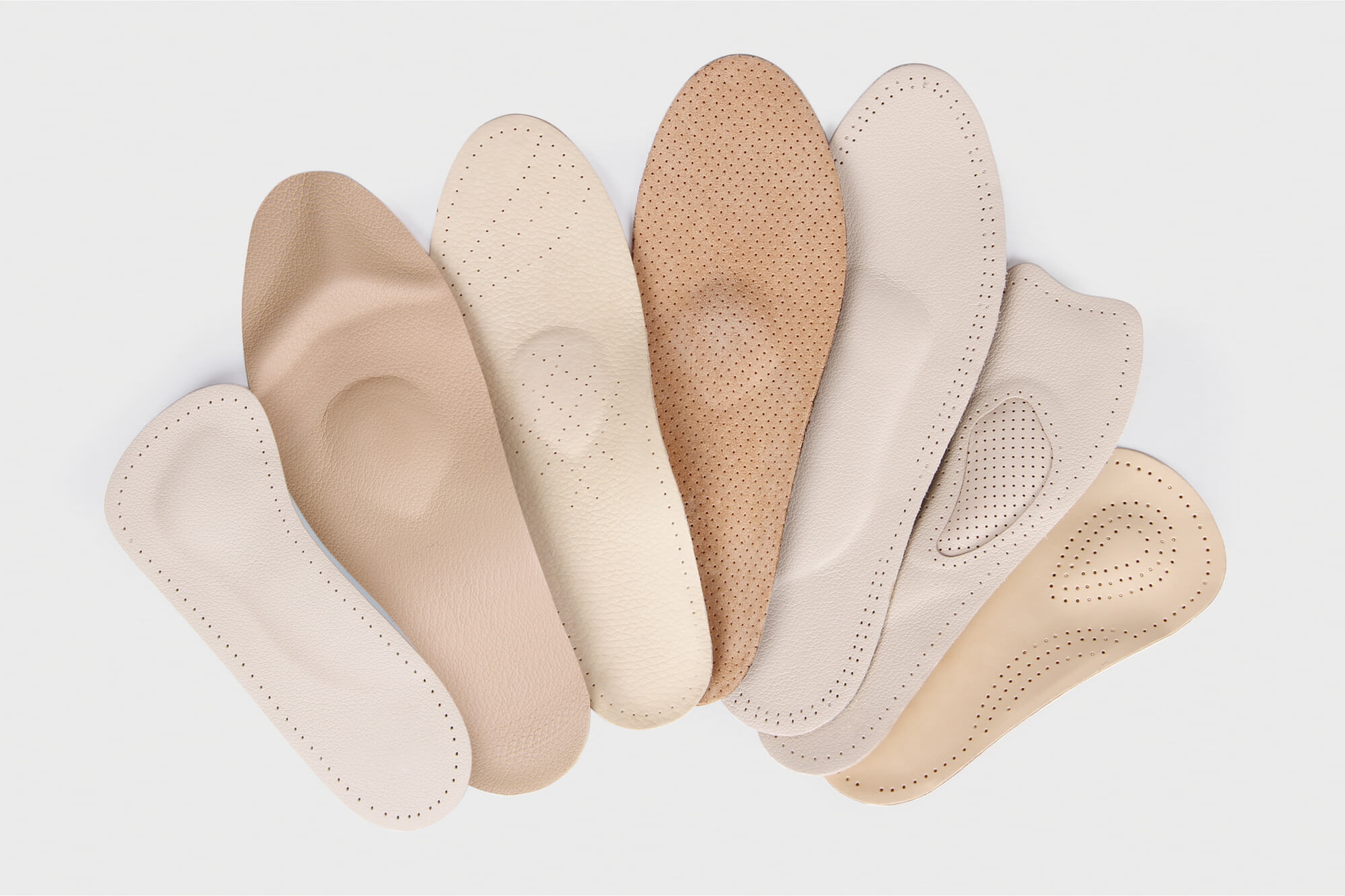Running with Orthotics: Benefits, Tips, and Choosing the Right Pair
Orthotics, also known as inserts or foot orthoses, are special devices worn inside a person's shoes to help improve the function and alignment of the feet and ankles. They are often prescribed by podiatrists and medical professionals specializing in diagnosing and treating foot and ankle conditions to help alleviate pain and improve mobility.
But orthotics aren't just for people with foot problems. Many runners also turn to orthotics to help improve their performance and reduce the risk of injury. In this article, we'll explore the benefits of running with orthotics, offer tips for making the most of them, and guide you on choosing the right pair.
Introduction to Running with Orthotics
Orthotics are designed to support the feet and ankles in a way that allows them to function more efficiently. They can be made from various materials, including foam, plastic, or carbon fiber, and are often customized to fit an individual's feet and meet their specific needs.
There are several reasons why people use orthotics while running. Some runners may have foot or ankle problems that cause pain or discomfort, such as plantar fasciitis, flat feet, or overpronation (excessive inward rolling of the foot during running). Orthotics can help alleviate these issues by providing extra support and cushioning to the feet and ankles, reducing pain and improving mobility.
Other runners may use orthotics to help improve their performance. By providing extra support and stability to the feet and ankles, orthotics can help runners maintain better form and reduce the risk of injury. Some runners may even find that they can run faster and longer with the help of orthotics.

Benefits of Running with Orthotics
Improved Foot and Ankle Stability
One of the main benefits of running with orthotics is improved foot and ankle stability. By providing extra support and cushioning to the feet and ankles, orthotics can help runners maintain better form and reduce the risk of injury. This is especially important for runners with flat feet, overpronation, or other conditions that can cause instability in the feet and ankles.
Better Alignment of the Lower Body
Orthotics can also help improve the alignment of the lower body, leading to better performance and reduced risk of injury. By aligning the feet and ankles in a more optimal position, orthotics can help runners maintain a more efficient running stride, leading to faster times and reduced fatigue.
Pain Relief
For runners who experience pain or discomfort in their feet or ankles, orthotics can be a godsend. By providing extra support and cushioning to the feet and ankles, orthotics can help alleviate pain and improve mobility. This is especially important for runners with conditions like plantar fasciitis, which can cause severe heel pain.
Increased Performance
By improving the stability and alignment of the feet and ankles, orthotics can also help runners improve their performance. Some runners may find that they can run faster and longer with the help of orthotics, as they can help maintain a more efficient running stride and reduce the risk of injury.

Tips for Running with Orthotics
Break in Your Orthotics Gradually
If you're new to running with orthotics, it's important to break them in gradually to allow your feet and ankles time to adjust. Start by wearing them for short periods and gradually increasing the duration as your feet and ankles get used to them. This will help prevent any discomfort or pain and ensure that your body adjusts to the new support and cushioning provided by the orthotics.
Wear Shoes That Fit Properly
When running with orthotics, it's important to wear shoes that fit properly. Shoes that are too small or too big can cause discomfort and even injury, so make sure to get a proper fitting from a professional or try on several sizes to find the best fit for your feet. It's also a good idea to wear shoes designed specifically for running, as they will provide the support and cushioning your feet need while running.
Replace Your Orthotics As Needed
Orthotics, like any other footwear, will wear out over time. It's important to replace them as needed to ensure that they continue providing the support and cushioning your feet need. How often you need to replace your orthotics depends on how much you wear them and the materials they are made of. Follow the manufacturer's recommendations or consult a professional for guidance.
Consult with a Professional
If you're considering running with orthotics, consulting with a professional, such as a podiatrist, is a good idea to get their expert advice. A podiatrist can help you determine if orthotics are the right choice for you and, if so, which type would be most suitable for your needs. They can also help you with the fitting process and guide how to care for and maintain your orthotics properly.

Choosing the Right Orthotics
Consider Your Foot Type and Running Goals
When choosing orthotics for running, it's important to consider your foot type and running goals. Different types of orthotics are designed to address different foot conditions and support different types of running, so it's important to choose a pair that is suited to your needs. For example, if you have flat feet, you may want to choose orthotics that provide extra arch support, while if you are a long-distance runner, you may want to choose orthotics that offer extra cushioning.
Get a Proper Fitting
It's also important to get a proper fitting for your orthotics. Many orthotics are custom-made to fit an individual's feet, so a professional must have your feet measured and evaluated to ensure that you get the best fit. A proper fitting will help ensure that your orthotics provide the support and cushioning your feet need and reduce the risk of discomfort or injury.
Consider the Material and Design
Orthotics are made from various materials, including foam, plastic, and carbon fiber. Each type of material has unique properties, so it's important to consider which will best meet your needs. For example, foam orthotics may be more comfortable and provide more cushioning, while plastic or carbon fiber orthotics may be more durable and provide more support. It's also a good idea to consider the design of the orthotics, as some may be more suitable for certain types of running than others.
Don't Be Swayed by Unnecessary Features or High Price
Finally, don't be swayed by unnecessary features or a high price when choosing orthotics. Many orthotics come with bells and whistles, such as shock absorption or arch support, but these may not be necessary for everyone. Focus on finding a pair that meets your needs and fits your budget rather than getting swayed by unnecessary features or a high price tag.
Conclusion
Running with orthotics can provide a host of benefits, including improved foot and ankle stability, better lower body alignment, pain relief, and increased performance. If you're considering running with orthotics, follow these tips and consider your foot type and running goals when choosing a pair. And don't forget to consult with a professional, such as a podiatrist, for expert advice and guidance.
In summary, running with orthotics can greatly improve your performance, alleviate pain, and reduce the risk of injury. Just be sure to break them in gradually, wear shoes that fit properly, replace them as needed, and choose the right pair for your needs. With the right orthotics and a little bit of care, you'll be able to enjoy all the benefits that they have to offer.

